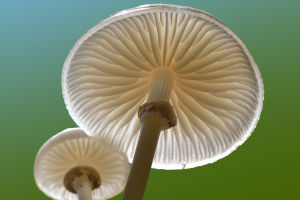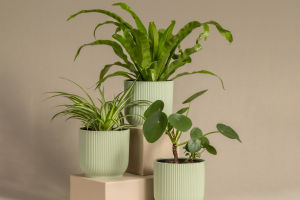Mint is a well-known herb with an elegant and unique aroma that is refreshing and impressive. It is not only a common culinary ingredient but also a medicinal herb.
Peppermint, a perennial herb of the Lamiaceae Mentha genus, thrives in warm, humid, and sunny places and is mostly found in mountain wetlands. The entire mint plant is green and fragrant, making it an aromatic crop with a special economic value.
Mint is mostly wild and widely distributed in subtropical and temperate regions of the northern hemisphere. Many countries in West Asia, the Mediterranean Sea, South Asia, and Southeast Asia are rich in mint.
With at least 600 varieties worldwide, mint is available in a variety of colors, including green-stem and purple-stem varieties, which are differentiated by the color of the stem. Mint can also be classified based on its place of origin.
Peppermint is rich in volatile oil and oxalic acid, which can clear heat and detoxify, reduce swelling, and relieve pain. Additionally, mint contains a variety of vitamins and minerals, including vitamin C, potassium, calcium, and others that promote good health.
Contemporary scientists have discovered that mint leaves can prevent the growth of blood vessels in cancer lesions, causing cancer tumors to lose their blood supply and eventually die of "starvation".
Other benefits of mint include repelling mosquitoes in the summer, with a few mint plants placed near a bedroom window to keep mosquitoes at bay. Mint juice can also relieve itching from mosquito bites.
To cultivate mint, certain considerations must be taken into account. Mint thrives in fertile, well-drained, slightly acidic soil, which can be improved with organic fertilizers. Mint requires sufficient sunlight but also needs shade to avoid overexposure to the sun.
The temperature should be between 18-24°C, and moderate humidity is required. To prevent the breeding of diseases and insect pests, it is crucial to maintain proper air circulation in the area where mint is planted.
Mint requires regular care, including watering once a week to keep the soil moist, but not overwatering. Regular fertilization with organic fertilizers can improve the growth rate and quality of mint, while regular pruning keeps the plant healthy and promotes branching and new leaf growth.
Pests and diseases must be prevented and controlled, with pests and diseases removed promptly, and natural insect repellents or insecticides used when necessary.
Mint is an aromatic herb with unique and refreshing properties that have made it famous worldwide. Its culinary and medicinal value, as well as its ability to repel insects and prevent the growth of blood vessels in cancer lesions, makes it a valuable crop.
Cultivating mint requires appropriate soil selection, environmental considerations, regular care, and pest and disease prevention and control.


